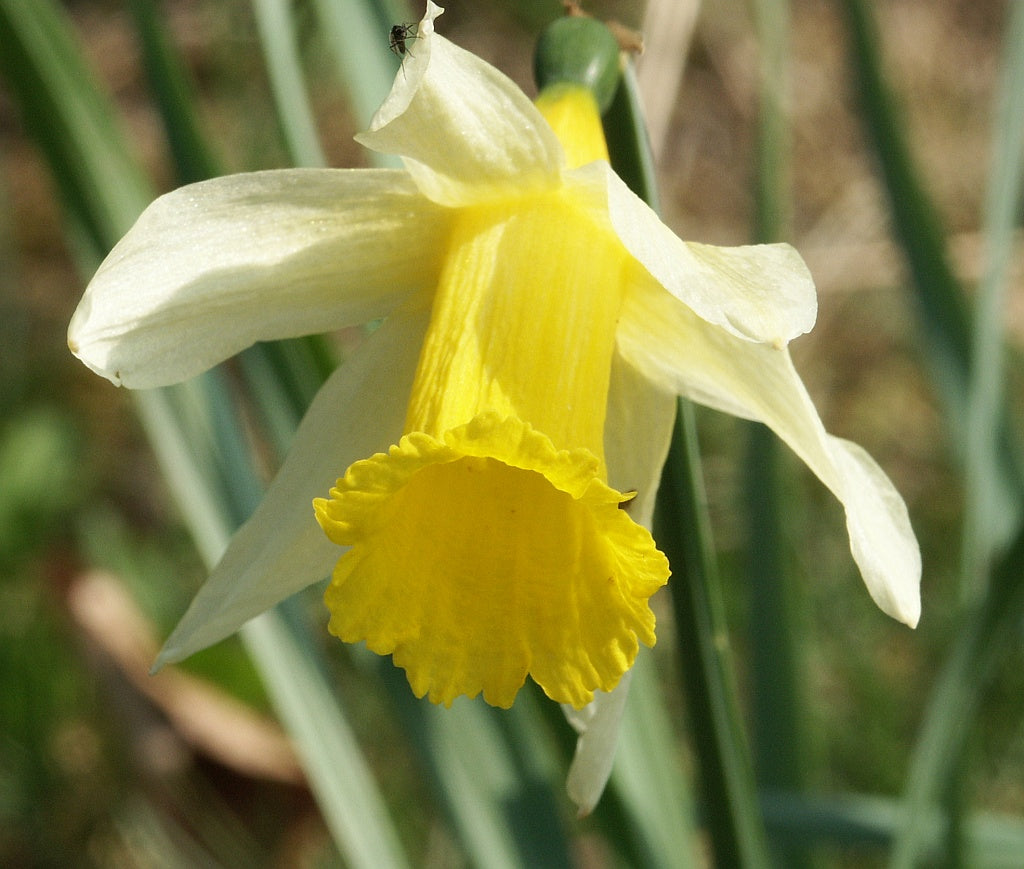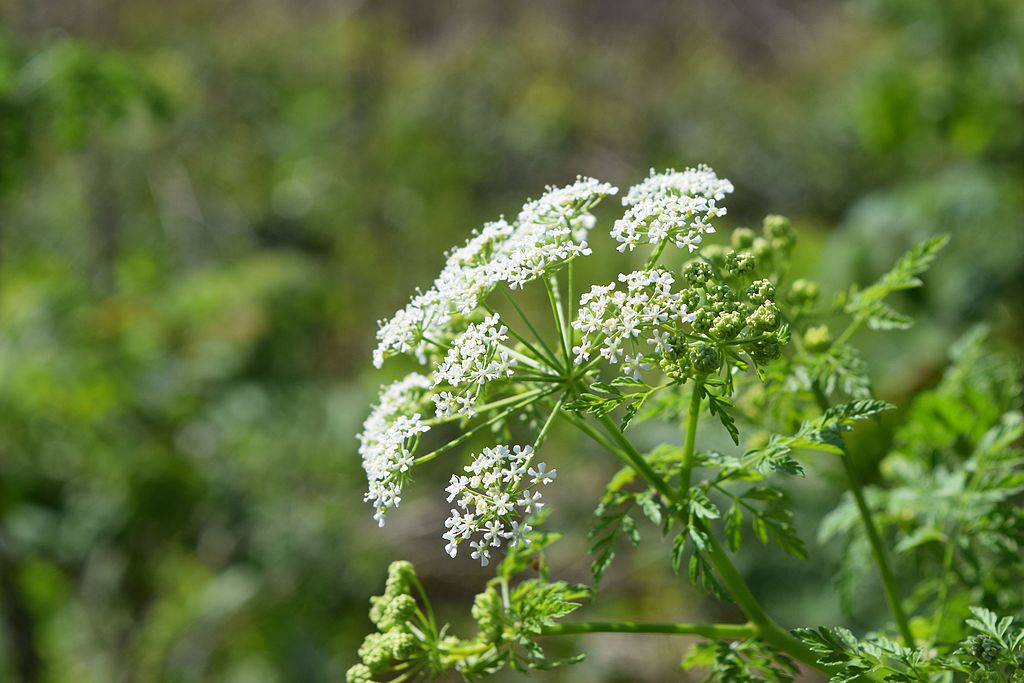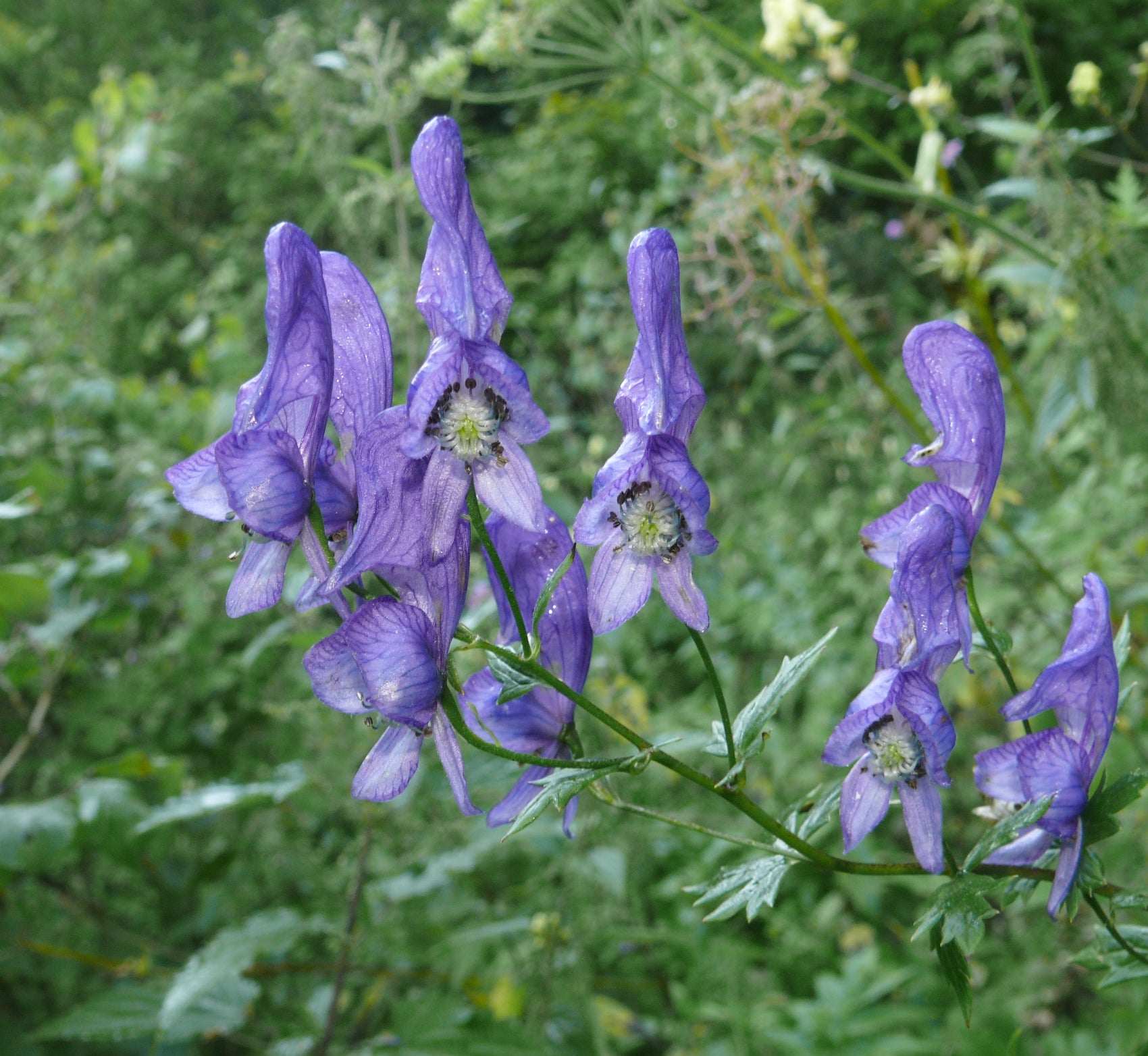
Wild Poisonous Plant Of The Week 13 - The Daffodil
Botanical name: narcissus pseudonarcissus
Common name: Daffodil,
Distribution: Common throughout much of the temperate area. Most commonly found in woodlands and grasslands.

Time of year: March, April and May, in the UK.
Appearance: Fairly distinctive yellow flower with a light green stem and darker yellow inner petals. The leaves are a stony green colour. The Daffodil often grows in large clumps at fairly dense concentrations. Definitely prefers dappled light.
Toxicity: Fairly toxic. All parts of the plant are toxic including the bulbs. A bite or two may cause a mild stomach upset whilst consumption of larger quantities may lead to severe gastro intestinal upset including diarrhoea, nausea, vomiting, internal bleeding and in some extreme cases, fatality. The toxic components include lycorine and calcium oxalate. Lycorine is a phenanthridine alkaloid commonly found in many flowering plants. It can be particularly harmful to cats, dogs and pets and can cause a myriad of stomach problems. Calcium oxalate can cause problems simply by being touched, where it can cause an immediate burning sensation. If ingested can cause problems such as difficulty swallowing and severe swelling of the larynx and throat. The wearing of gloves is advised when handling daffodils.

Point of interest: Narcissi are now used in the production of Alzheimer’s medication. Traditionally, the Daffodil is associated with hope, folly and unrequited love.
Images courtesy of
Wiki CC BY-SA 3.0, https://commons.wikimedia.org/w/index.php?curid=53227
Agadez via Wikipedia Creative Commons Attribution


